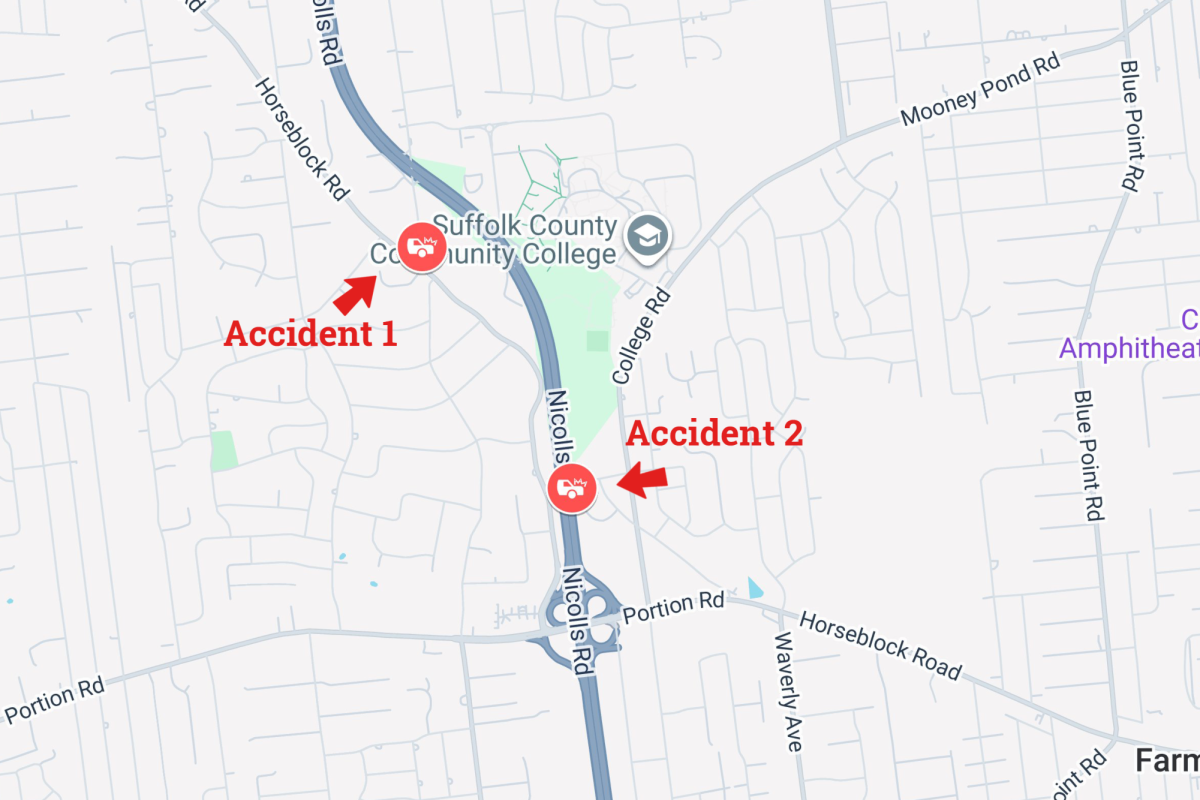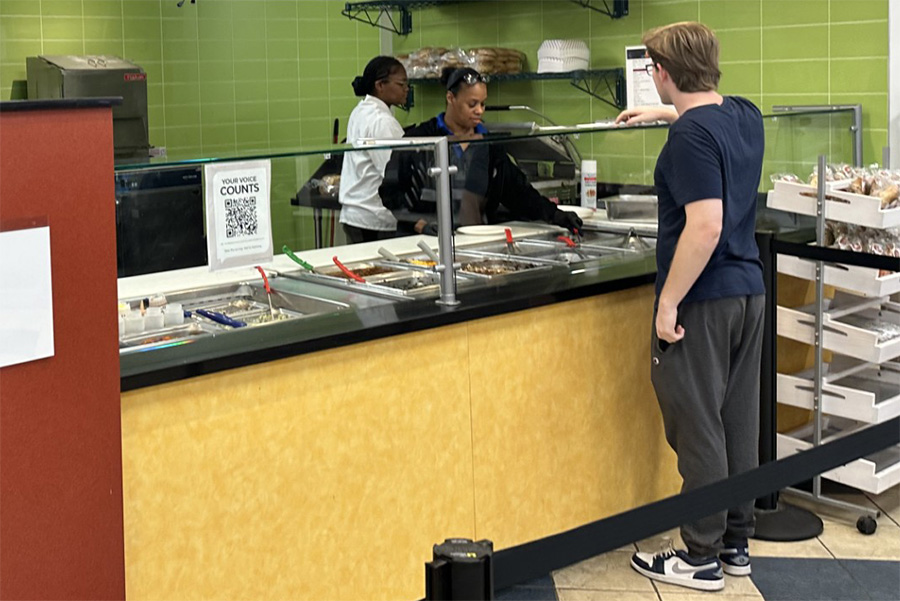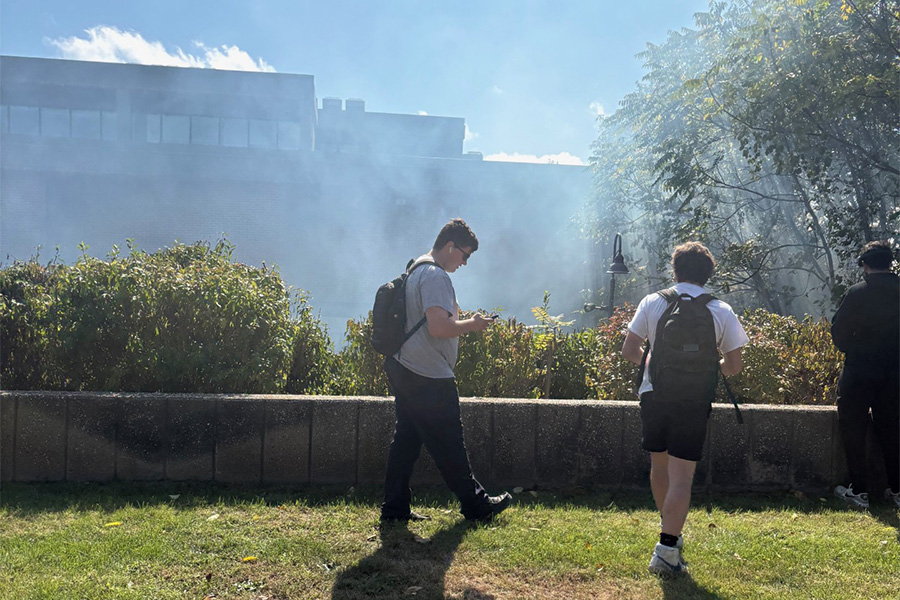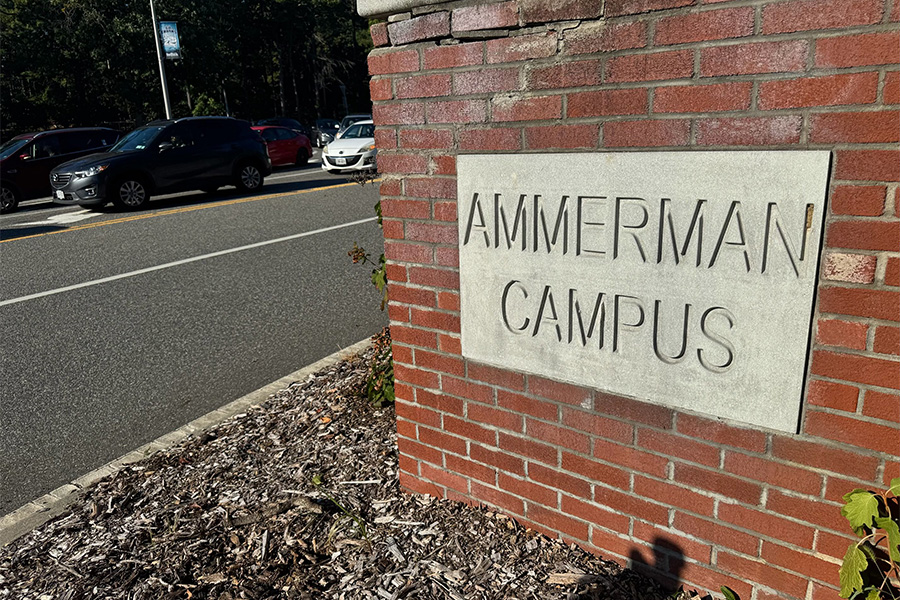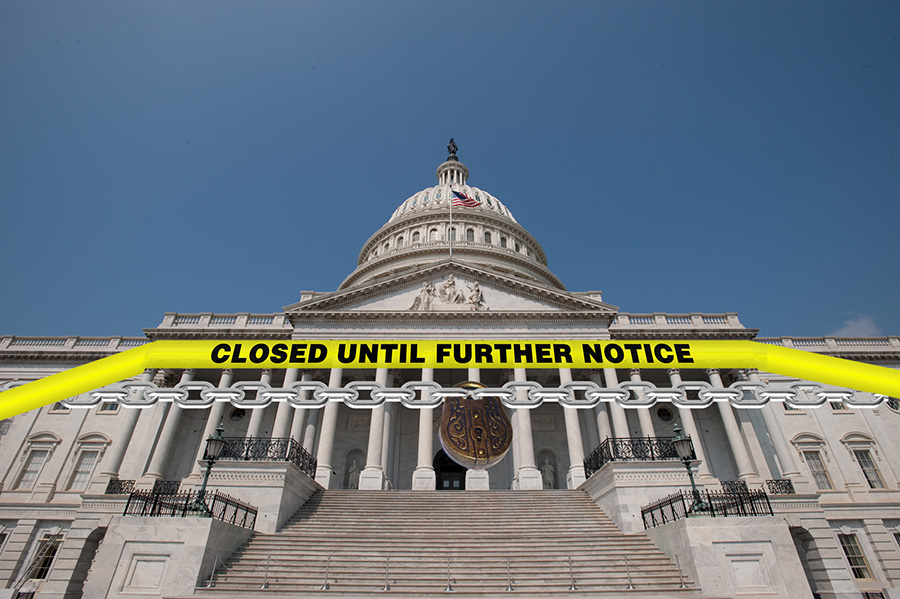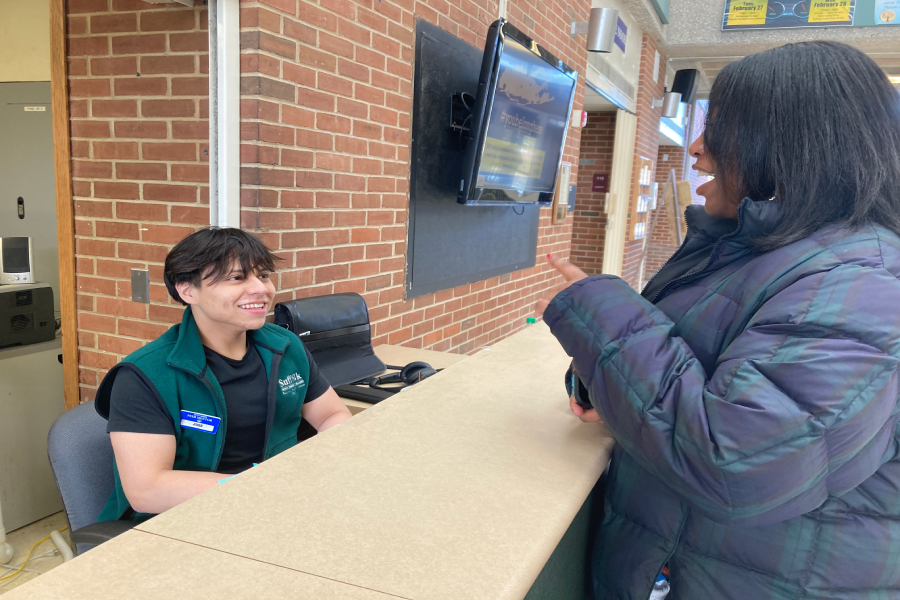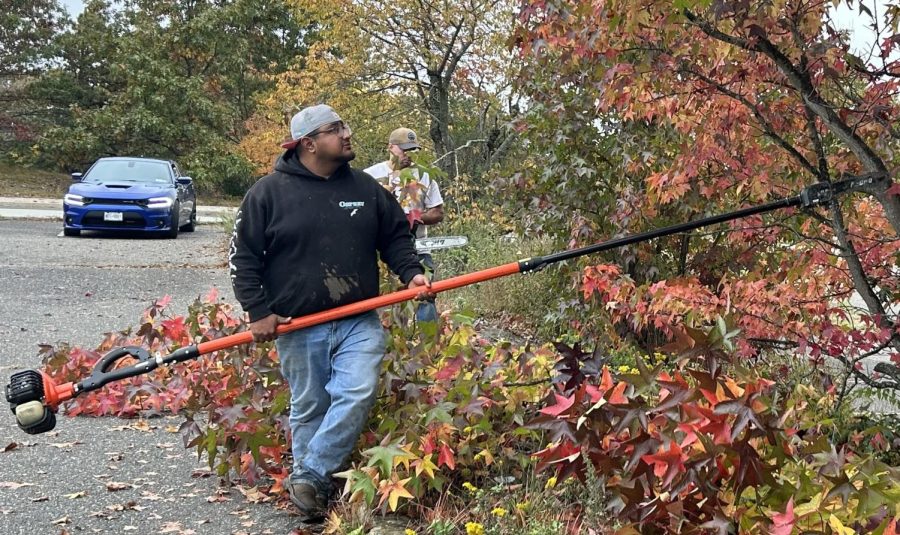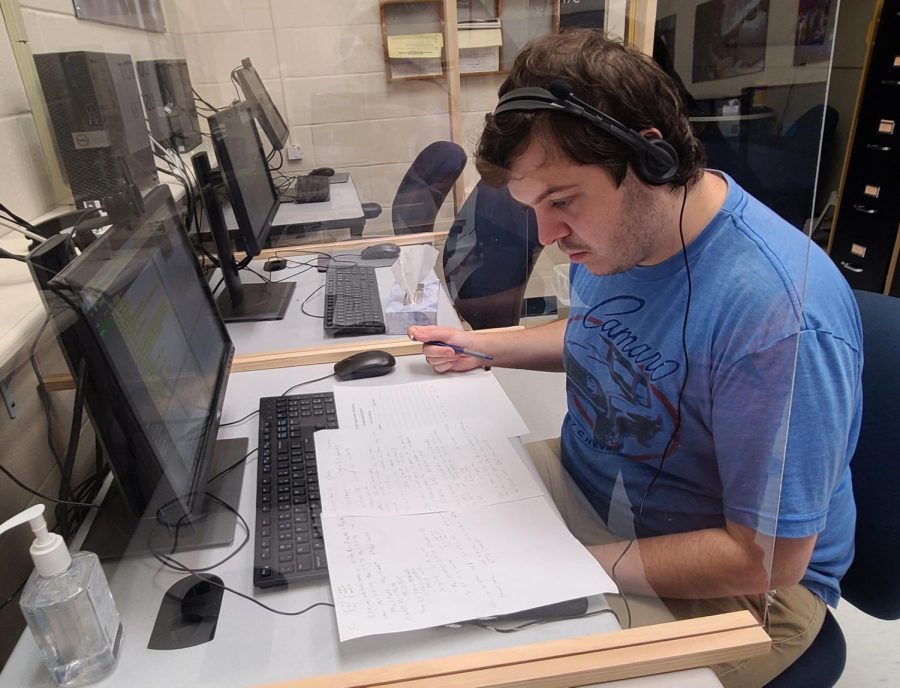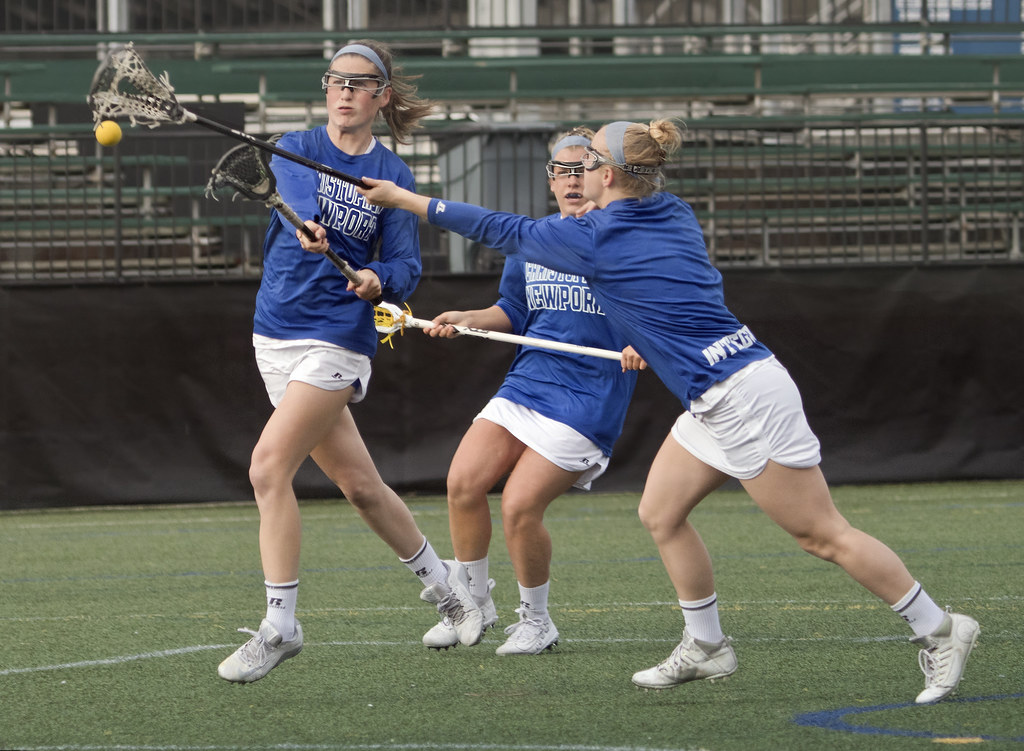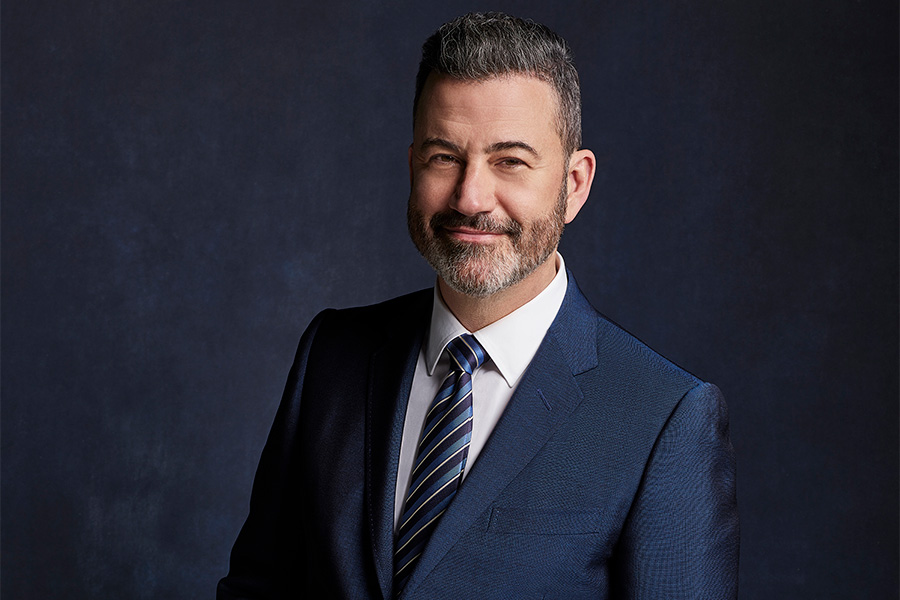Now and then you hear stories of students who have had a hard time with a professor but maybe did not know how to go about remedying the situation. Maybe you’ve experienced this yourself. What do you do?
In a recent interview with Compass News, Associate Dean of Student Affairs, Edward Martinez, and Associate Dean of Academic Affairs, Sandra Sprows, laid out the options students have and how the college advocates for them behind the scenes.
Step 1: Go to your professor
Sprows stressed that students should first meet with their professors to discuss their struggles.
“I think one of the biggest mistakes that students make is thinking that this professor is too busy or that they won’t listen to them,” she said. And sometimes students are intimidated by the prospect of talking to their instructors. “But absolutely, the most important thing is to communicate with the professor early and often if you are struggling in class,” Sprows said.
Most of the time, this is the last step, since a simple conversation tends to be where common ground is found.
Martinez said many times faculty do not know that a student has an issue they would like addressed, leaving a missed opportunity not only for the professor to help but also for the student to turn around what could be an important grade.
Step 2: Go to the department chair
If a student goes to the professor and they are not satisfied with the outcome — maybe they feel the professor unfairly didn’t budge — the next thing to do is contact the professor’s supervisor, the academic chair of their department.
Sprows and Martinez said many students do not know that department chairs act as supervisors and do not know who their chairpeople are (check the Suffolk directory). Taking this next step is crucial and allows important people outside of the classroom to intervene and advocate for you.
Sprows said the academic chair would then follow up with the faculty member. She said it’s a confidential conversation, so students “won’t always know what’s happening behind the scenes.”
“I would say the same is true for students,” Martinez said. “If a student came to me to voice a concern, that conversation is very confidential. Protecting student’s confidentiality is important. Protecting faculty’s confidentiality is important. That goes both ways.”
Step 3: Withdraw or wait it out
Worse comes to worst, you can apply to withdraw from the course.
However, if the problem is overreaching, such as a mental health crisis or a medical emergency, there are other options.
“If a student is having a medical emergency that’s going to render them unable to attend classes for weeks,” Martinez said. “I would need to get verification and documentation from a licensed professional. If a medical withdrawal is sought out, they would contact the associate dean of student affairs’ office. At that point, a medical withdrawal process would begin. It is the same exact process for mental or physical health,” Martinez said.
Both deans added that the school has a multitude of resources which are all free to students, including tutoring, mental health counseling and writing assistance. They emphasized the importance of utilizing these resources before any academic struggles get out of hand.
